East Mindanao Discovery Trip (9) – Boston
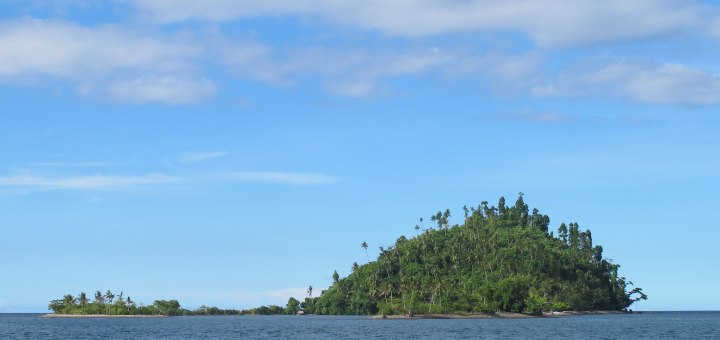
Boston
This town received its name in a most interesting manner. An American seaman over 100 years ago disembarked one day from his merchant marine ship to a small fishing village in Davao Oriental. Seeing an old man walking with a cane, the seaman asked “What is this place called?”. The seaman pointed at the sand below his feet. The old man, however, thought the seaman was pointing at his cane. Responding with a smile, the old Pinoy pounded the sand with his cane and pronounced loudly “Bahstaan!” which means “cane” in Davaoenu, the dialect in the area. The seaman smiled and said “Boston? wonderful!” Henceforth the village was always known as Boston.
Very quickly I realized that the people here do not often get to see a “Longnose” and I was today’s attraction. I was not greeted with “Hello Friend” or “Hi Kano”. Mostly it was a very friendly but shy “Hello Sir” or “Good evening sir”. An elderly woman greeted me even “Hello Officer”.
This greeting forms appear to come from the recent reconstruction of the town. Boston got emergency relief mainly from USAID. The rebirth of the village is mostly due to American help.
On many houses you can still find tarpaulins and plasterboard with the USAID logo. In other villages we had seen the logos of Caritas, the Red Cross and Terre des Hommes.
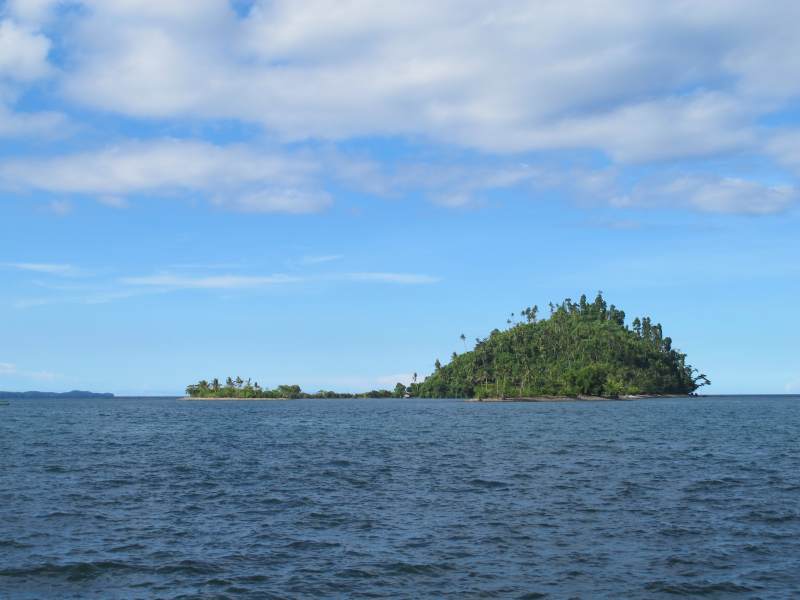
Amazing, when considering that the gusts reached speeds of 280 km/h and the waves towered up to 12 m high.
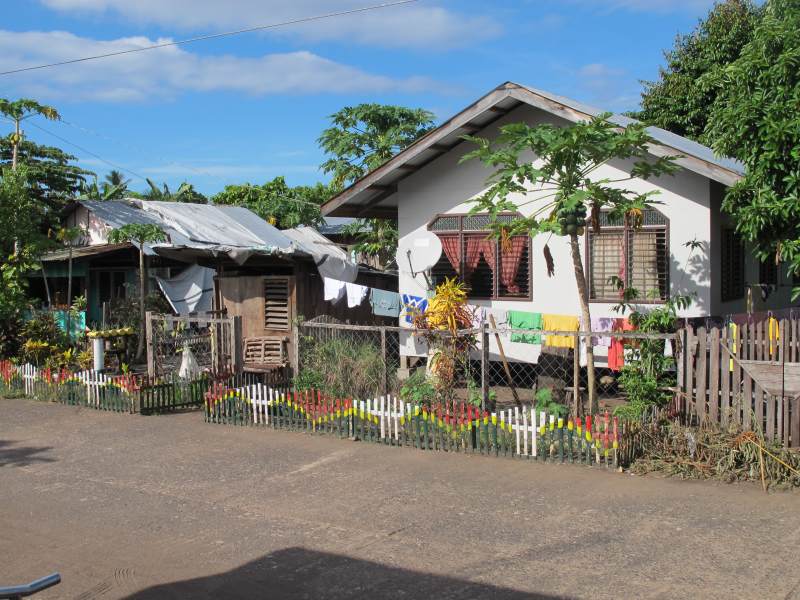
Many houses have been rebuilt on the spot. Electricity and water are reinstalled and do work (sometimes).
This summer, as every summer, Mindanao suffers under power shortage. The daily power production is on some days up to 360 megawatts below the consumption.
Dinner became a candlelight dinner, because the power supply was interrupted. The rotating brownout (planned power interruption) lasted for 2 hours. Everywhere humming generators could be heard. They supplied electricity to the better-heeled and our hotel. People here take it calmly. After the typhoon they had almost 2 years absolutely no power. Fortunately, the US Army had left many older Homelite generators here.
The rebuilding is nearly finished. Only the gas station is still under construction, but otherwise both public and private buildings, houses and cottages are back. Fishing seems to be going well, bringing more than is needed for the local people. Rice cultivation is still insufficient. As we will see the next day, there are new fields being prepared. Whether ever again coconut trees will be planted on a large scale is not yet certain. And otherwise?
St. Augustine Gold & Copper Ltd has launched a gold and copper mining project in the area. Whether that will do good to the local economy and nature is another question.
The beautiful beaches, waterfalls and the hilly hinterland were actually ideal for tourism. Some beaches of the Pacific provides magnificent surfing swell. It might work if the airstrip in Baganga would be concreted . However, the available 1000 m are too short. It would be easier to bring the existing commercial airfields in Mati and Bislig back into operation.


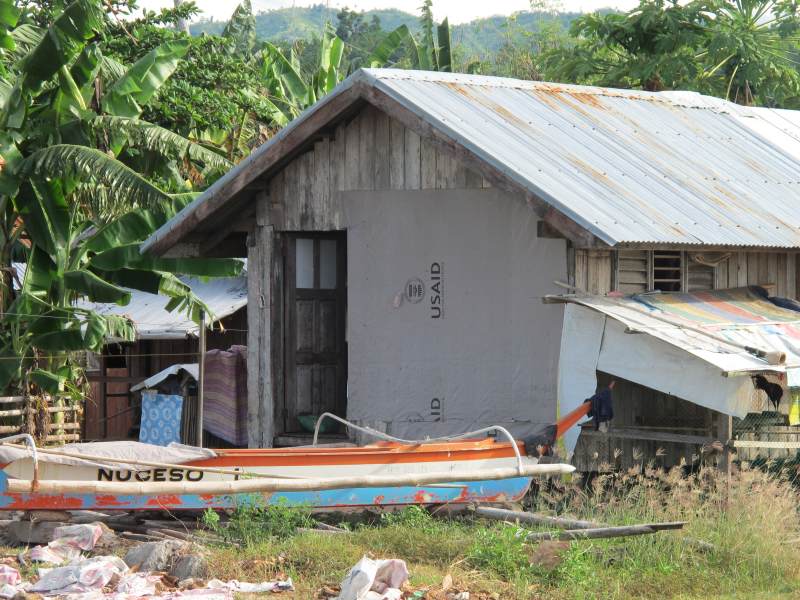

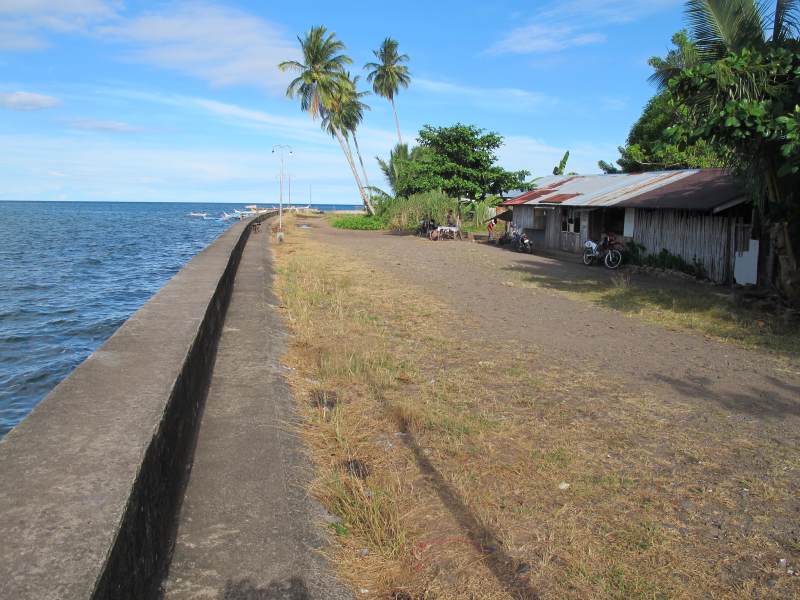
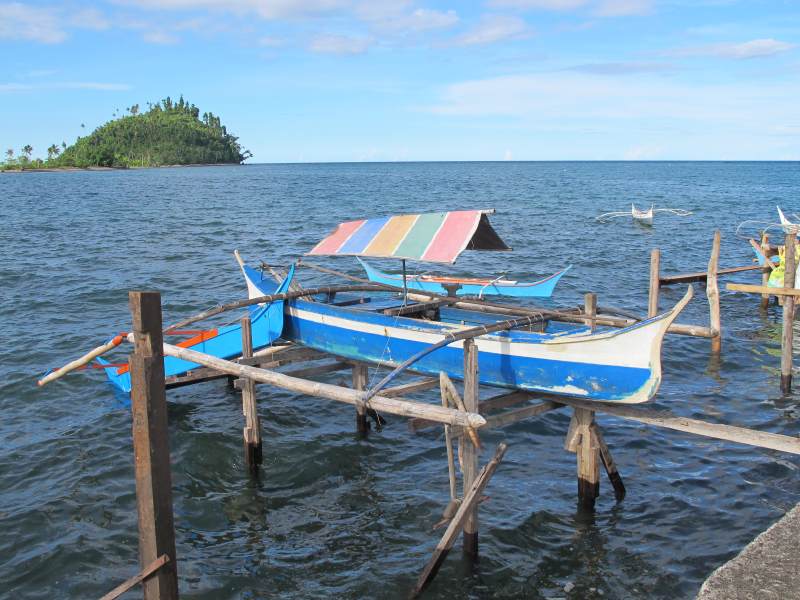
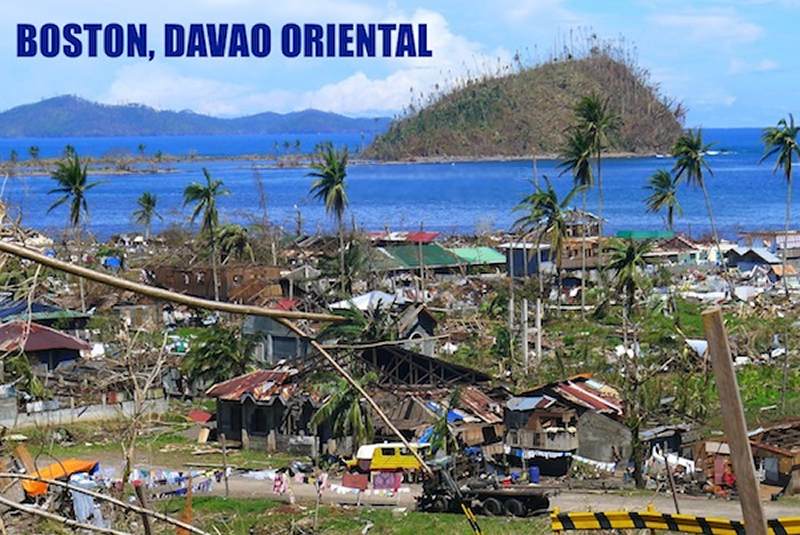

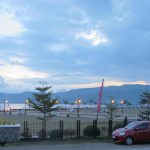
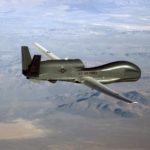

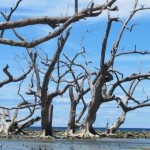
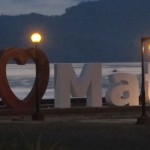
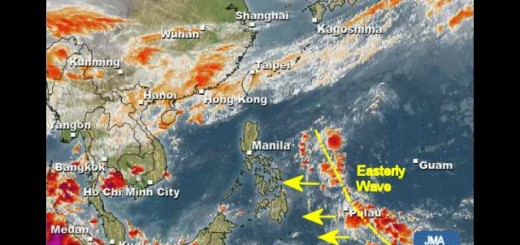

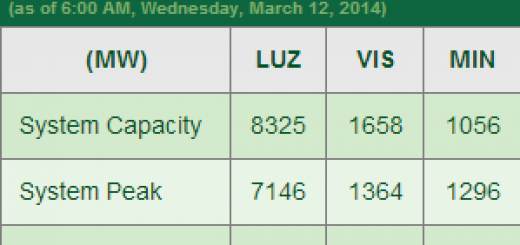

Recent Comments